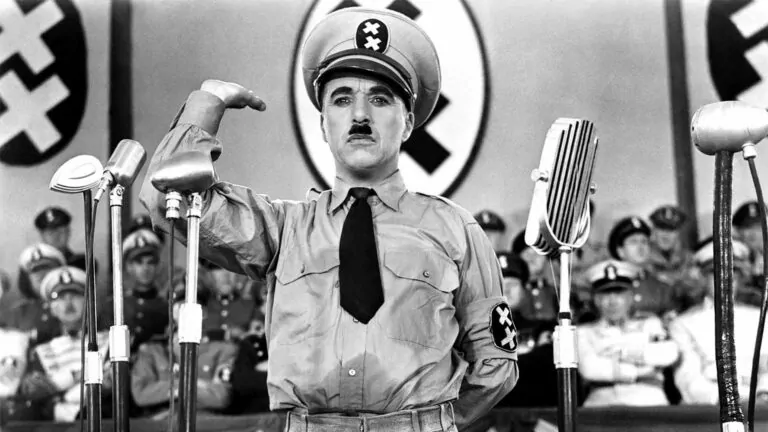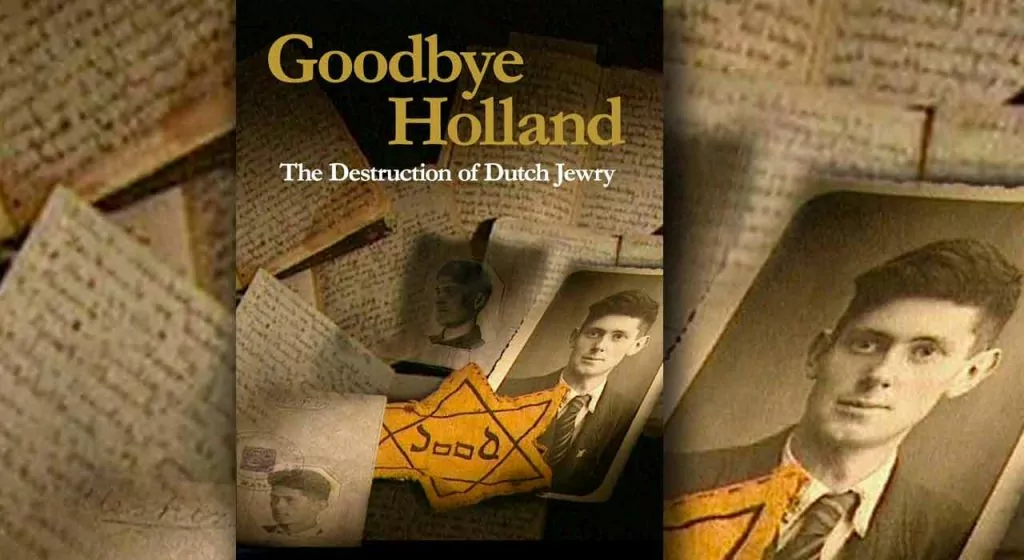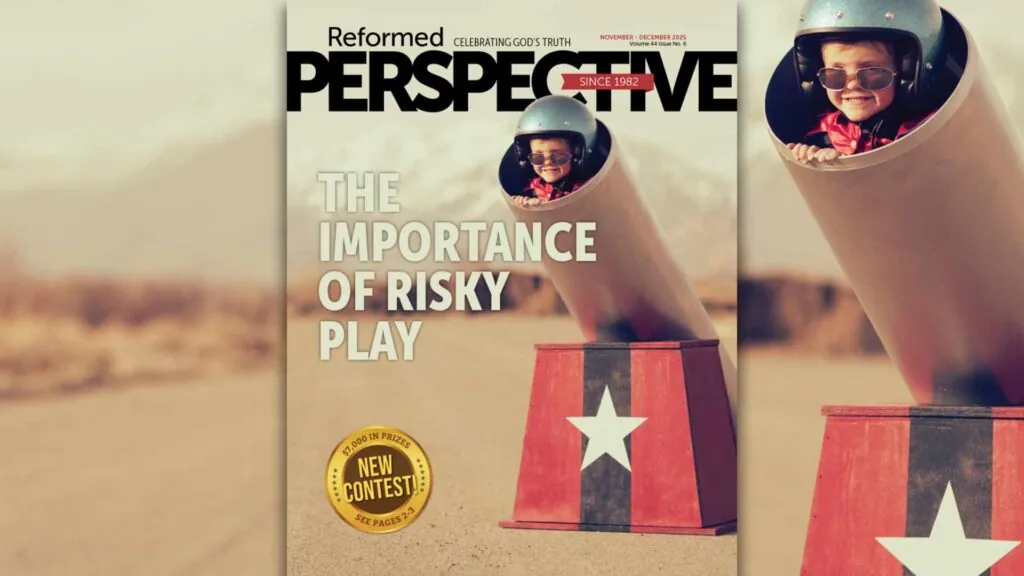Drama / War / Black and White
1940 / 125 minutes
Rating: 8/10
Long before Hitler adopted it, Charlie Chaplin made the “toothbrush mustache” famous. Once Hitler adopted it, you might wonder why Chaplin still kept it. Might this 1940 film be the answer? Chaplin had been planning to take on Hitler even before World War II began, and his mustache helped him manage a fantastic impersonation of history’s most infamous dictator.
Chaplin plays two parts here, the hero and the villain.
- Adenoid Hynkel, the “Phooey” of Tomainia, a satiric take on Adolph Hitler, the Führer of Nazi Germany,
- The Jewish barber who fights for Tomainia during the First World War, and then loses his memory for the next 20 years
When the barber leaves the hospital to finally return home, he opens up his barbershop, not knowing two decades have passed. He also doesn’t understand why a man is painting the word “Jew” on his shop window, and goes outside to stop him. The barber was a soldier just yesterday in his own mind, so he won’t stand for this! But two stormtroopers against one barber isn’t a fair fight. Thankfully, the fight stops underneath the heroine’s apartment window, allowing the beautiful Hannah to make good use of her frying pan, applying a solid “bong” to each stormtrooper’s head. This being a Chaplin film, the poor barber gets a misaimed blow too, resulting in a hopscotching staggered dance up and down the street.
From the moment we see Chaplin playing both parts, we know that the barber is going to save the day by replacing the “great dictator.” But what a ride it is, getting there!
Hitler isn’t Chaplin’s only target either. Benzino Napaloni, the Diggaditchie of Bacteria (think Benito Mussolini, il Duce of Italy), comes by for a visit, and the two compete to see who can be the more self-important.
That this comic takedown came out right when Hitler seemed to be unstoppable says something about Chaplin’s bravery and his outrage. He wanted the world to know who Hitler really was, even if he needed to use a fictional country, title, and name to do so.
It might be worth noting that while Chaplin is best known for his silent films, this is a “talkie.”
Cautions
The only caution would be the topic matter: war and the murderous megalomaniac who started it. But this is also black and white, and satire rather than drama, so some of the most shocking material has been muted by the format. Still, this could be a bit much for the very young. However, if kids know anything at all about the Holocaust, they’ll likely be old enough to see The Great Dictator.
Conclusion
My daughters aren’t the target demographic for a 1940s black and white World War II film that stars a talking 1930s silent film star. I was so sure they wouldn’t be up for this one that, instead of trying to foist it on them for a family movie night, I decided to watch it on my own while they were busy with friends. But a few minutes in our youngest, 9, wandered by, sat down, and never left. The other two and my wife showed up midway, and after a bit of recap to clue them in, they all enjoyed the second half.
So, a good film for the whole family? Maybe… if they’re an adventurous bunch.
My youngest told me that it helped a lot that I was there to explain some the World War II references being made. She already knew about the Holocaust, so she wasn’t surprised that the Jews were mistreated, but to see it, even in this muted manner, did get her indignant. It’s one thing to hear about people being picked on and singled out for persecution, and quite another to see even a bit of it. Overall, I would give this two very enthusiastic thumbs up!
The film is available in both clear high resolution, and also in a variety of cheap knock-offs, so be sure to get the good one. There’s even a colorized version that looks intriguing. Most libraries will have a version on DVD, and you should be able to rent it from places like Amazon. Check out the trailer below.












